Recep Savas
A data-centric deep learning approach to airway segmentation
Jul 29, 2023Abstract:The morphology and distribution of airway tree abnormalities enables diagnosis and disease characterisation across a variety of chronic respiratory conditions. In this regard, airway segmentation plays a critical role in the production of the outline of the entire airway tree to enable estimation of disease extent and severity. In this study, we propose a data-centric deep learning technique to segment the airway tree. The proposed technique utilises interpolation and image split to improve data usefulness and quality. Then, an ensemble learning strategy is implemented to aggregate the segmented airway trees at different scales. In terms of segmentation performance (dice similarity coefficient), our method outperforms the baseline model by 2.5% on average when a combined loss is used. Further, our proposed technique has a low GPU usage and high flexibility enabling it to be deployed on any 2D deep learning model.
Critical Evaluation of LOCO dataset with Machine Learning
Sep 27, 2022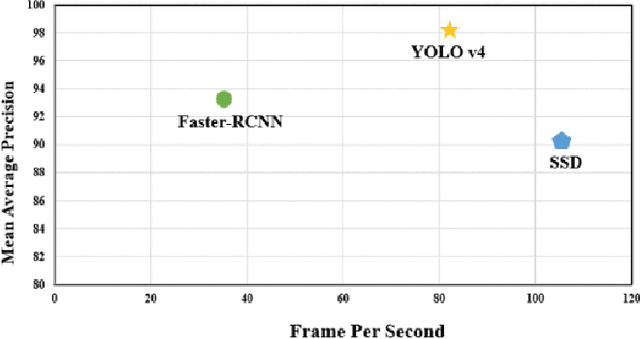
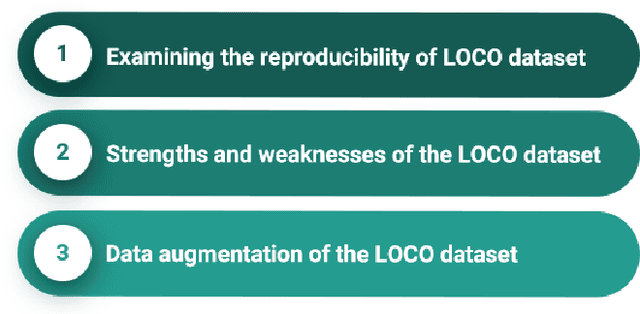

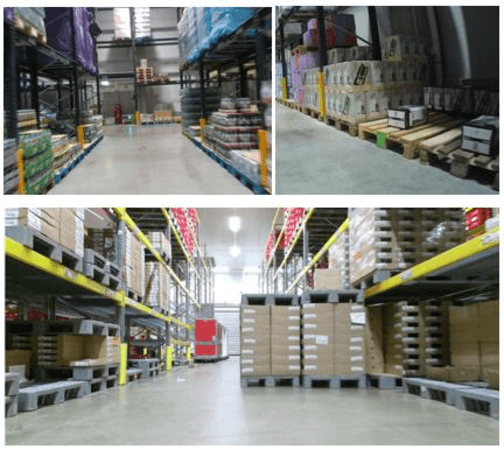
Abstract:Purpose: Object detection is rapidly evolving through machine learning technology in automation systems. Well prepared data is necessary to train the algorithms. Accordingly, the objective of this paper is to describe a re-evaluation of the so-called Logistics Objects in Context (LOCO) dataset, which is the first dataset for object detection in the field of intralogistics. Methodology: We use an experimental research approach with three steps to evaluate the LOCO dataset. Firstly, the images on GitHub were analyzed to understand the dataset better. Secondly, Google Drive Cloud was used for training purposes to revisit the algorithmic implementation and training. Lastly, the LOCO dataset was examined, if it is possible to achieve the same training results in comparison to the original publications. Findings: The mean average precision, a common benchmark in object detection, achieved in our study was 64.54%, and shows a significant increase from the initial study of the LOCO authors, achieving 41%. However, improvement potential is seen specifically within object types of forklifts and pallet truck. Originality: This paper presents the first critical replication study of the LOCO dataset for object detection in intralogistics. It shows that the training with better hyperparameters based on LOCO can even achieve a higher accuracy than presented in the original publication. However, there is also further room for improving the LOCO dataset.
* 30 pages, 16 figures
Evaluation of automated airway morphological quantification for assessing fibrosing lung disease
Nov 19, 2021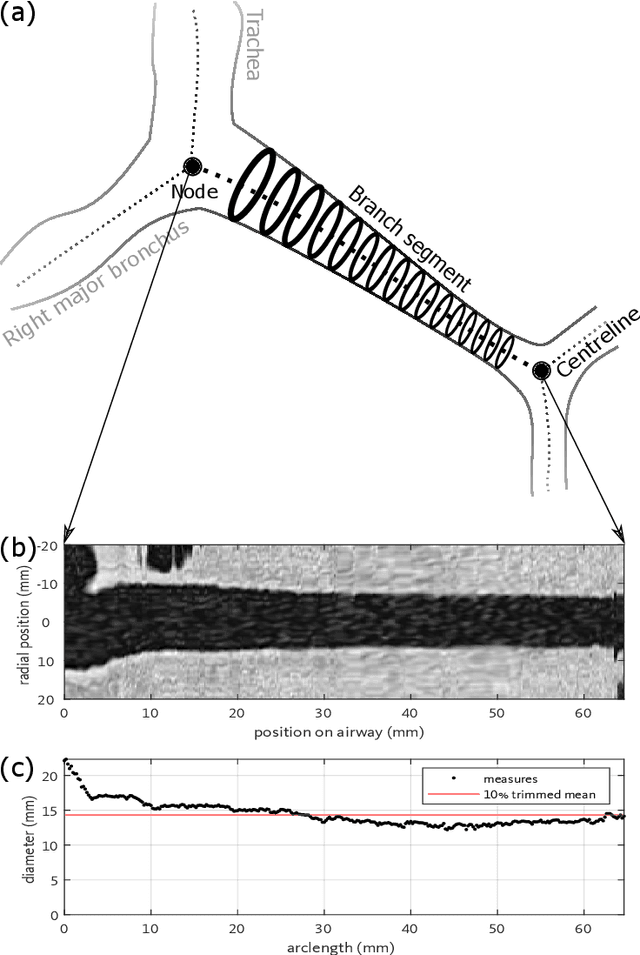
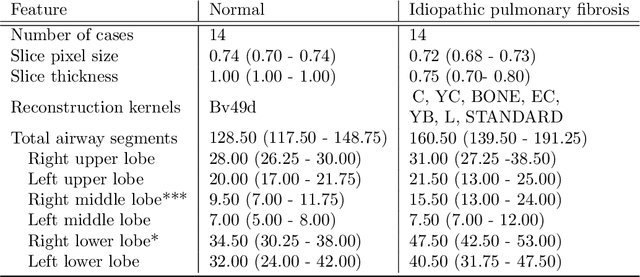

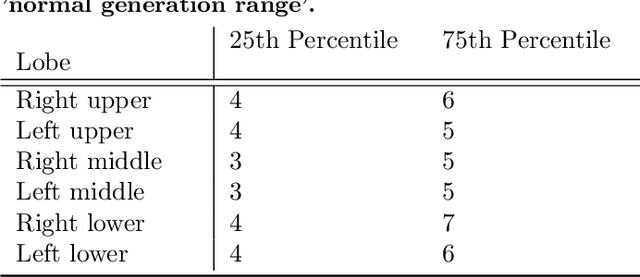
Abstract:Abnormal airway dilatation, termed traction bronchiectasis, is a typical feature of idiopathic pulmonary fibrosis (IPF). Volumetric computed tomography (CT) imaging captures the loss of normal airway tapering in IPF. We postulated that automated quantification of airway abnormalities could provide estimates of IPF disease extent and severity. We propose AirQuant, an automated computational pipeline that systematically parcellates the airway tree into its lobes and generational branches from a deep learning based airway segmentation, deriving airway structural measures from chest CT. Importantly, AirQuant prevents the occurrence of spurious airway branches by thick wave propagation and removes loops in the airway-tree by graph search, overcoming limitations of existing airway skeletonisation algorithms. Tapering between airway segments (intertapering) and airway tortuosity computed by AirQuant were compared between 14 healthy participants and 14 IPF patients. Airway intertapering was significantly reduced in IPF patients, and airway tortuosity was significantly increased when compared to healthy controls. Differences were most marked in the lower lobes, conforming to the typical distribution of IPF-related damage. AirQuant is an open-source pipeline that avoids limitations of existing airway quantification algorithms and has clinical interpretability. Automated airway measurements may have potential as novel imaging biomarkers of IPF severity and disease extent.
 Add to Chrome
Add to Chrome Add to Firefox
Add to Firefox Add to Edge
Add to Edge